It's a city of conflict - at once utterly captivating - and completely unnerving.
Best known for its landmark site, Sainte-Cécile Cathedral, Albi's architecture,
history, and hair-raising mystique wowed me right out of my shoes.
Situated in the Tarn department of the Midi-Pyrenees in southwestern France,
Albi isn't exactly a household word for travelers.
But it should be.
If you have time to get off the beaten path on your next trip to France,
this UNESCO World Heritage Site
is definitely worth a detour from Toulouse or Carcassonne -
or, with a bit more effort, from spectacular Paris.
for practically everything, including its most famous landmarks,
the Cathedral of Sainte-Cécile and the adjoining Bishop's Palace
(Palais de la Berbie), home to the Musée de Toulouse-Lautrec.
Nearly everything in France's beguiling Southwest is
handsome and inviting and Albi certainly fits that mold.
But you'll forever remember this town for something else.
The story of Albi is a gruesome tale that is unconditionally terrifying.
When you stand outside the imposing facade of its one-of-a-kind cathedral,
you're likely going to feel small and inadequate, intimidated by the
sheer size and fortress-like structure of the solid brick mass.
It's unlike any other cathedral in France.
I'd call it frightfully beautiful.
Once you enter the solemn house of worship, you're greeted again by stature -- unbelievable height and depth - but here, austerity gives
way to a wonderful world of color, pomp and pageant.
The colors are arresting, mostly blues, golds and silver.
The ceiling seems to go on forever, a good thing because it paints a
picture of practically every high and low of The Bible,
both Old and New Testament.
Some of the decoration is surprising, at times outright contemporary with
touches of striking geometric design carefully assigned here and there.
It's absolutely breathtaking.
And then, just when you start to calm down and get used to the infinite
size of the cathedral, out of nowhere you'll get a swift kick in the derrière
-- and you know you'll never look at cathedrals in quite the same way again.
What will stir your imagination and make you long for a
good stiff drink is the mural of heaven and hell on Judgement Day.
Heaven is, of course, quite wonderful.
Angelic proportions and white robed apostles provide a calming sedative.
But your thoughts won't linger here for long.
In the blink of an eye, you'll want to start working on your own end journey,
making sure that when your time comes,
you'll end up "upstairs" instead of "down".
And I do mean down.
The vision of Hell is dark and unimaginable,
worse than your most vexing nightmares.
The punishment that Hell doles out is beyond anything
Hollywood has ever dreamed up on its best day.
Godzilla is a kitty-cat compared to the depths of everlasting fire.
Based on the seven deadly sins of The Church, punishment
is assigned to the unlucky according to their particular sin.
The torment is absolutely hideous - yet you won't be able to tear
your eyes off the suffering of the damned.
A disaster movie that is thousands of years old.
That's when it hits you.
This is not a church of love.
It's a church of wealth and intimidation.
It's not a house of God.
This belongs to a dictator, a disciplinarian, a despot.
The oppressor rules and it's a wretched place if you don't play by their rules.
You are nothing but a minion, less than insignificant.
And the hypocrisy doesn't stop there.
The cathedral was designed so that the masses were kept from "seeing" the monks and other church superiors in the central choir.
A rood screen separates the commoners from the anointed one percent.
This cathedral was definitely not built for the people.
Why build a church so obviously overdosing on testosterone?
A new Christian religion was born, one that didn't answer to Rome.
It was a church of love, no membership required, unpretentious & common.
They called themselves Cathars, preferring the simple life, humble & homegrown,
shunning the material world and the trappings of Rome.
The Pope and the King of France conspired to whip the Cathars in shape
and assert their authority over the region.
In 1208, they made war on the whole region, boldly proclaiming,
"Kill them all and let God sort them out."
Between gouging out eyes and burning "heretics" at the stake,
they got rid of the sect one way or another.
The Catholic Church then needed to leave a reminder of their absolute power,
one that projected unabridged authority.
The Cathedral of Sainte-Cécile was born.
The building began in 1282 and was completed 200 years later.
Imagine living at that time, watching with awe as the massive
fortress-church rose high over the peaceful southern landscape.
Envision a local peasant walking into the great cathedral for the first time,
taking it all in, engulfed by beauty --- and then facing the creepy crawlies of Hell.
That'll teach them.
The Inquisition finished off any thoughts of cheating on Rome.
The massive, combat-ready Cathedral of Sainte-Cécile
reminded every living soul of who's da' boss every single day.
as a walk across the courtyard where you'll find the museum that houses the largest collection of paintings and posters by local genius Henri de Toulouse-Lautrec.
The intimate Musée de Toulouse-Lautrec is housed inside
the Palais de la Berbie (Bishop's Palace).
It feels more like a home than a museum, warmer than most art installations.
Expect to see a lot, including the slow development of Lautrec's style,
beginning as a traditional but talented realist and evolving
into his glory days as famed graphic illustrator.
Other artists are exhibited, including Matisse, Gauguin and Georges de la Tour.
But my money is on the colorful namesake of the museum.
Frustrated with his physical ailments, the descendant of the Counts of Toulouse
is best known for his portraits of prostitutes, dancers and the
bohemian lifestyle of the down and out in Paris.
Filled with portraits of gaudy and colorful characters,
this isn't just another art museum.
The views of the river and garden, too, make for a total experience.
The mansion itself is a spectacle.
I saw it before the re-vamp in 2012 so I'm hoping the floors
still creak - at once intimate and a bit funky.
I especially fell for the rooms that held his unprecedented posters,
feeling as if I had lived in another day and time.
Allow at least two hours for your visit and feel yourself transported back
to the days of the Moulin Rouge and absinthe orgies.
As a matter of fact, as you plan your trip to Albi, I suggest you mix up
a cocktail that's been attributed to the little French artist.
Le Treblement de Terre (The Earthquake):
Take 3 parts Absinthe and 3 parts cognac; shake with ice; serve in a wine goblet.
Feel the earth move and prepare for a headache in the morning.
Toulouse Lautrec's contribution to the art world came on strong like good drink. Death came far too quickly, but luckily for us,
we have the city of Albi to thank for sharing the wealth.
Happy travels to Albi!
The red brick changes color depending on time of day.

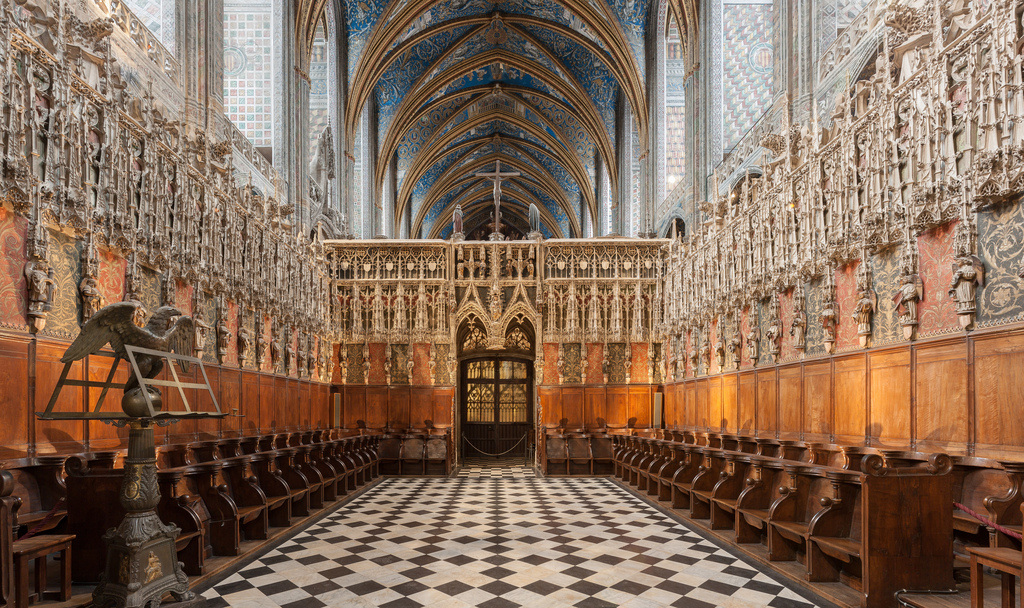
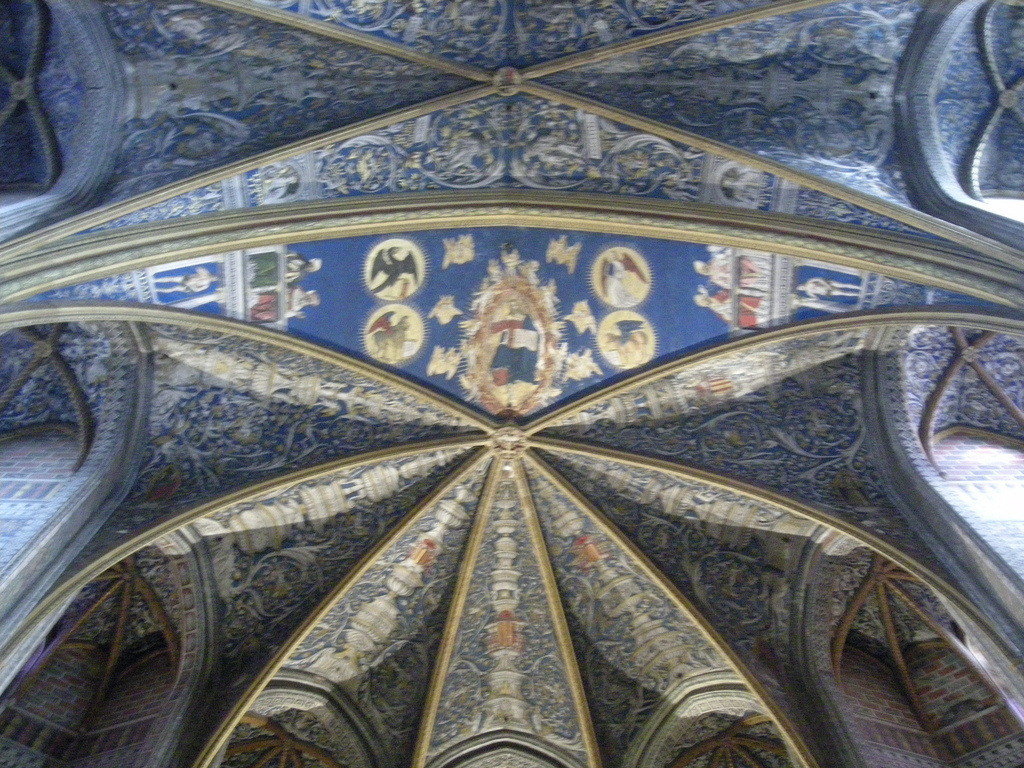

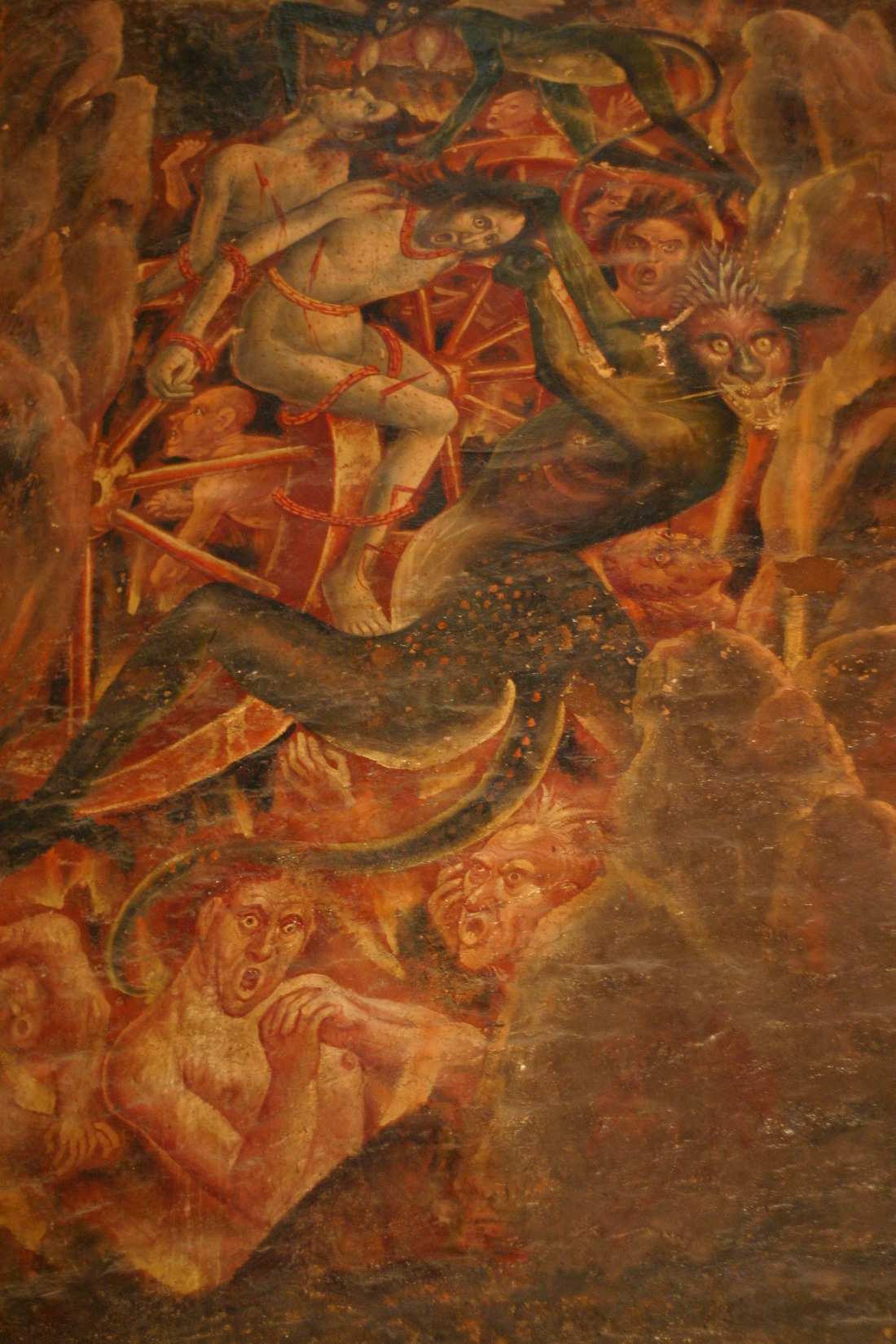




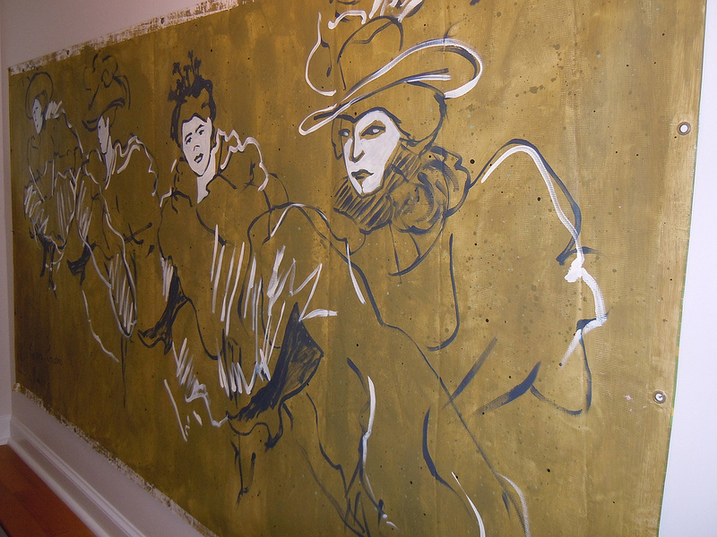
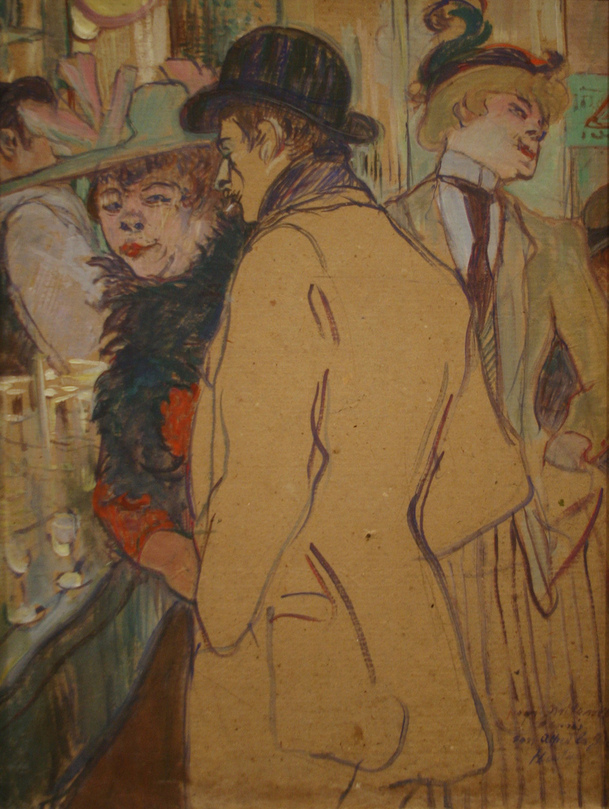
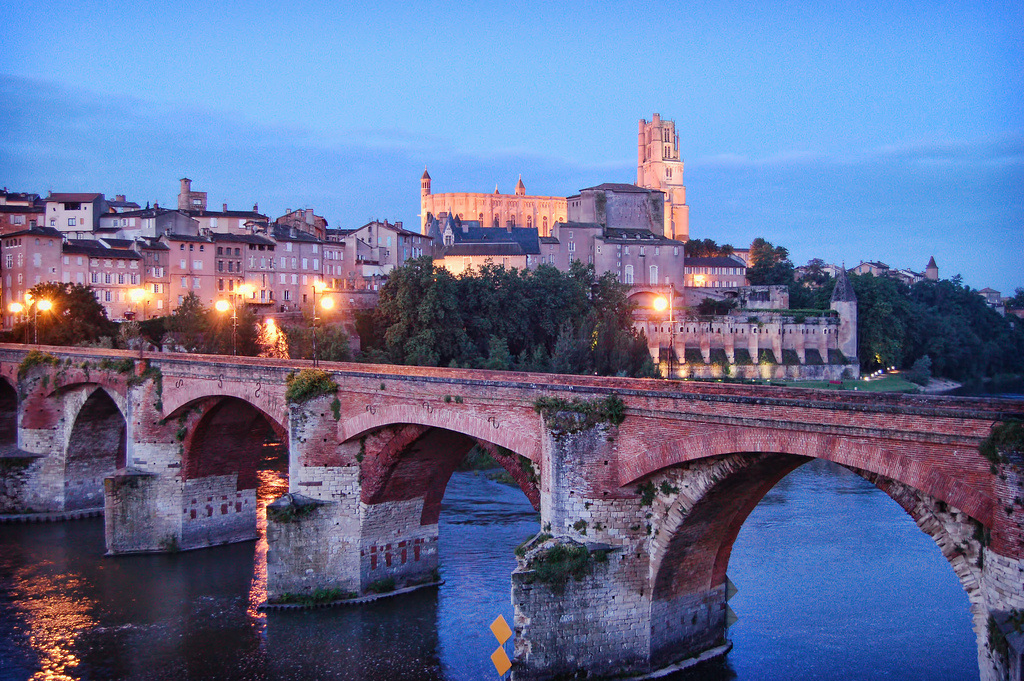



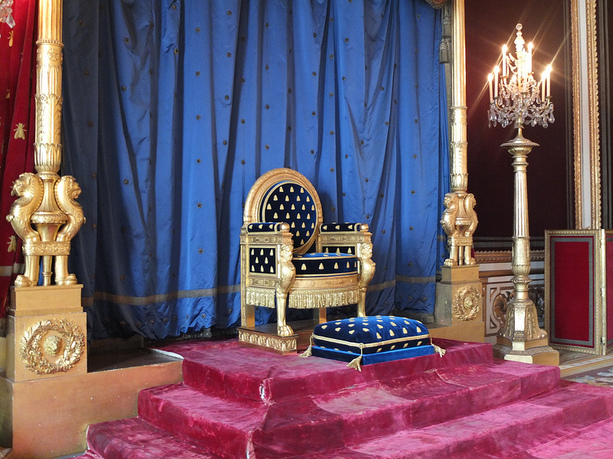
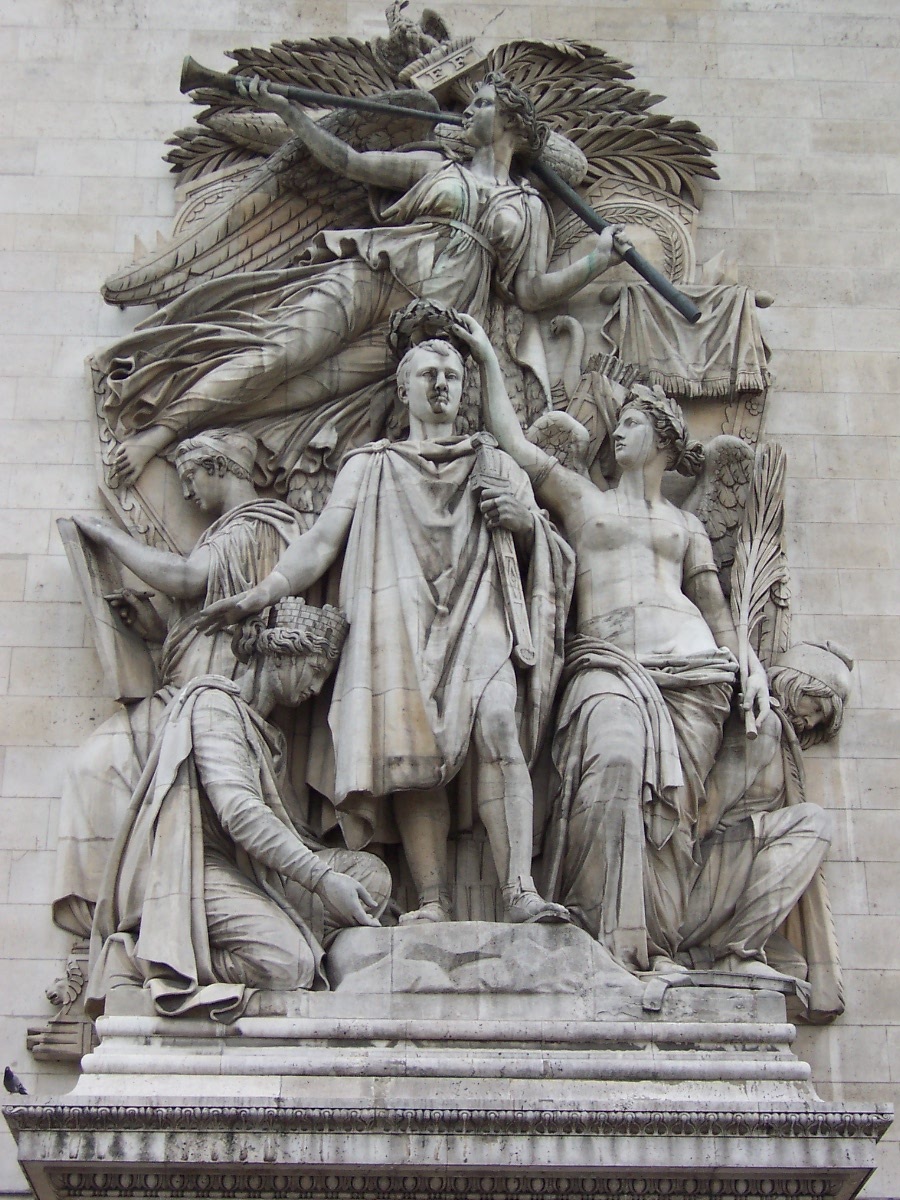
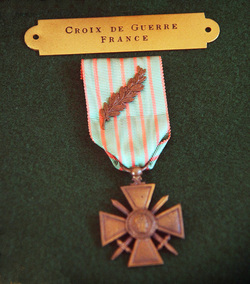
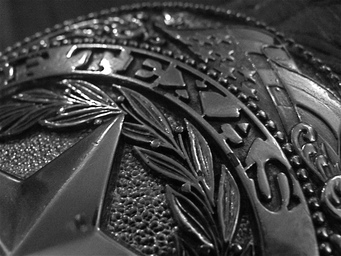


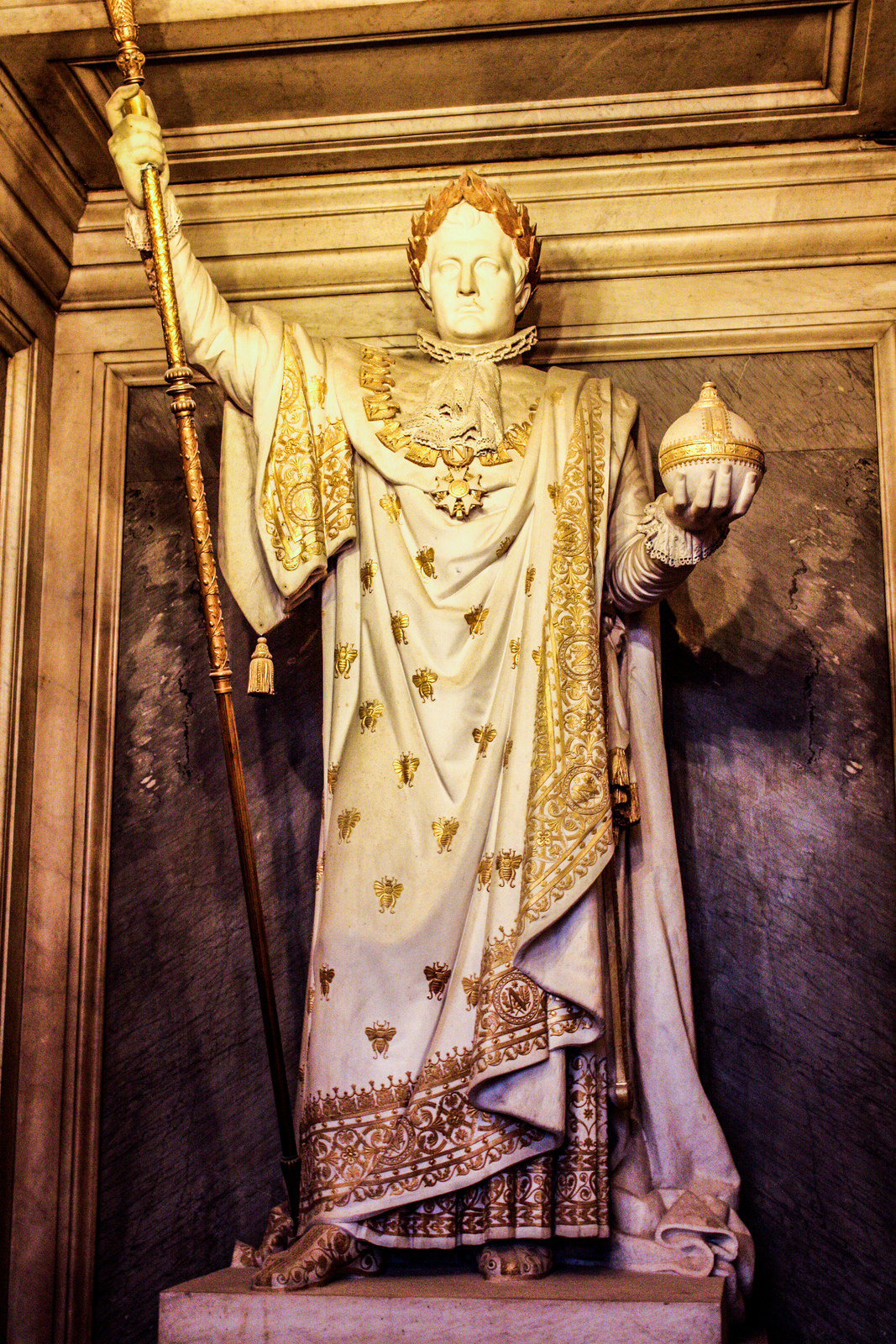

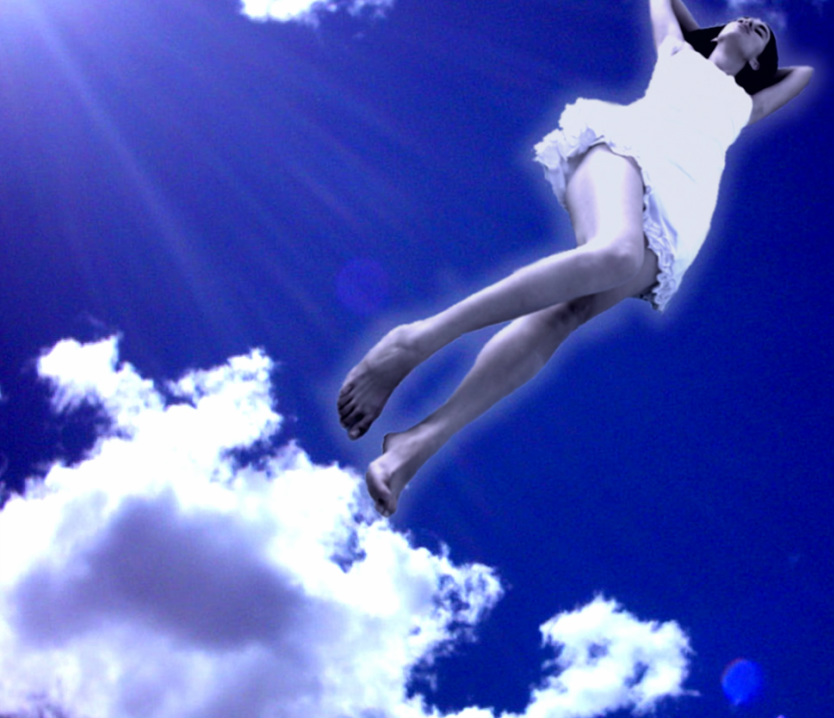

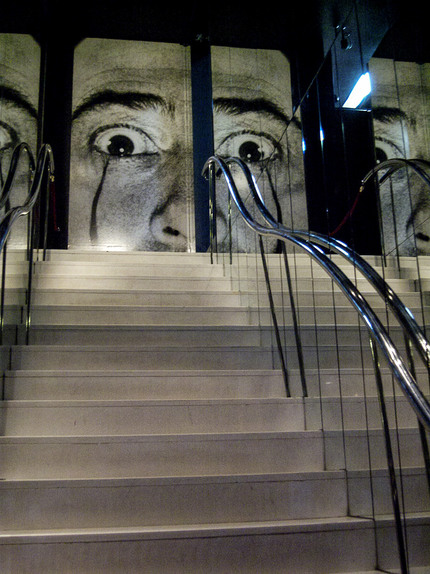

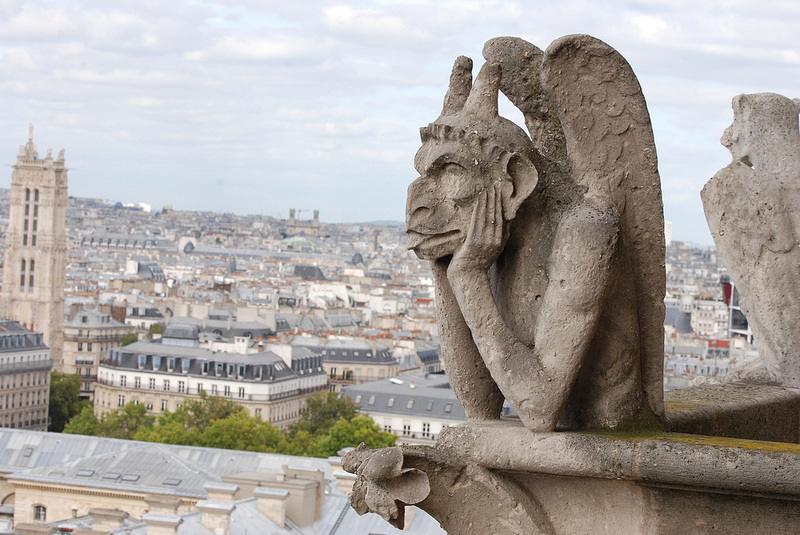

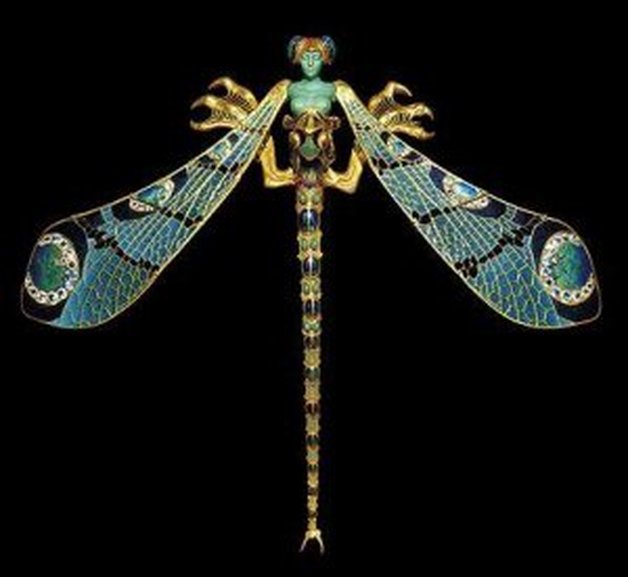
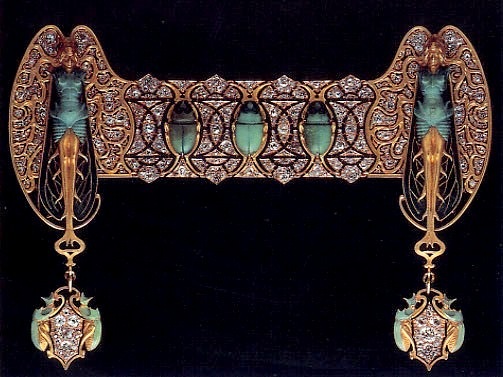
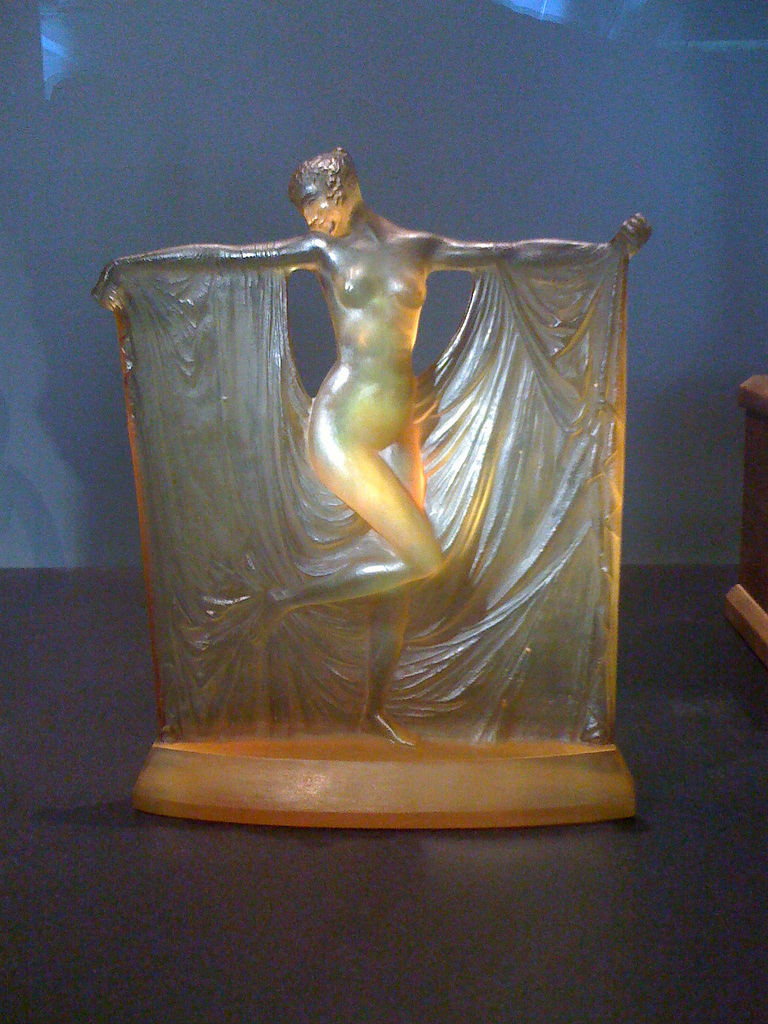




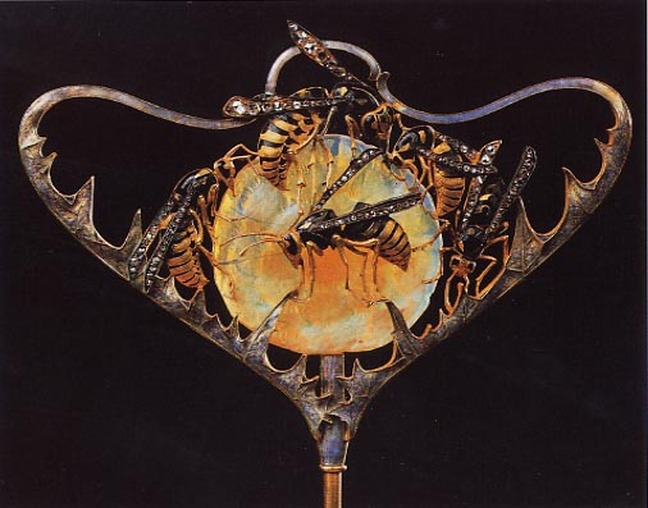
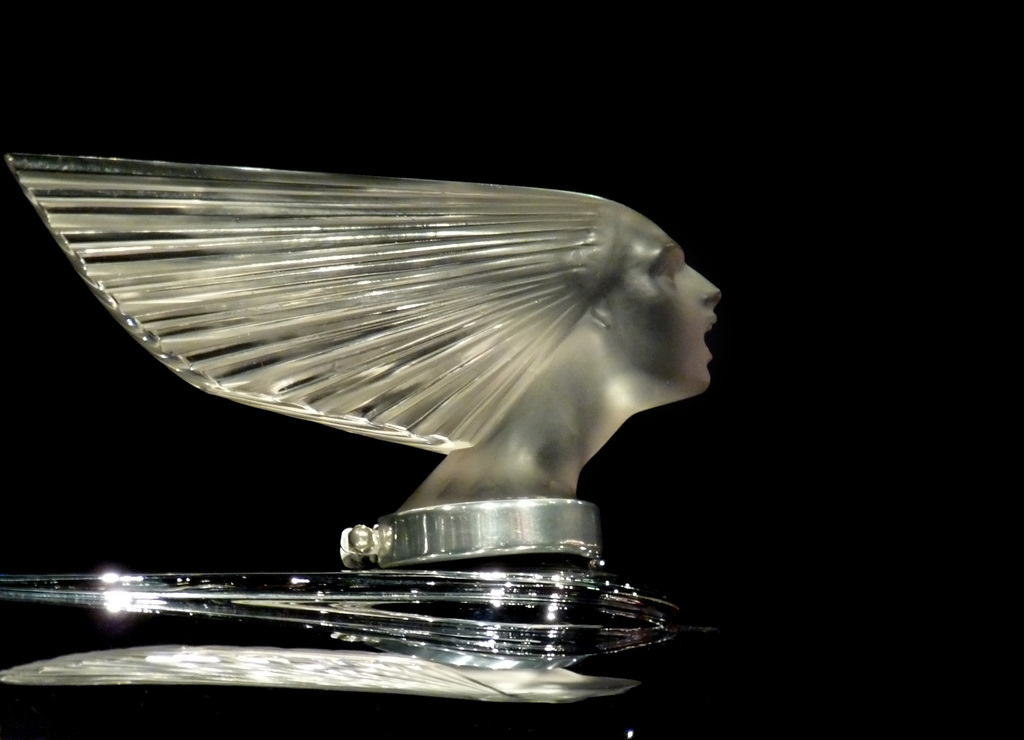
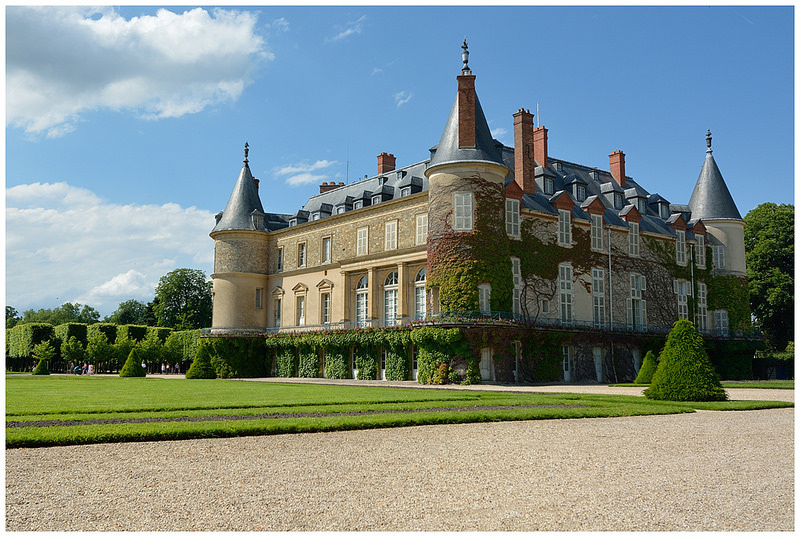
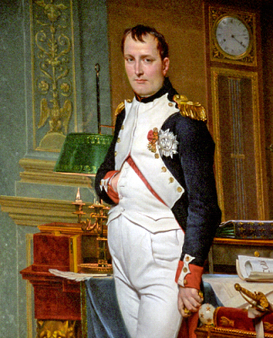


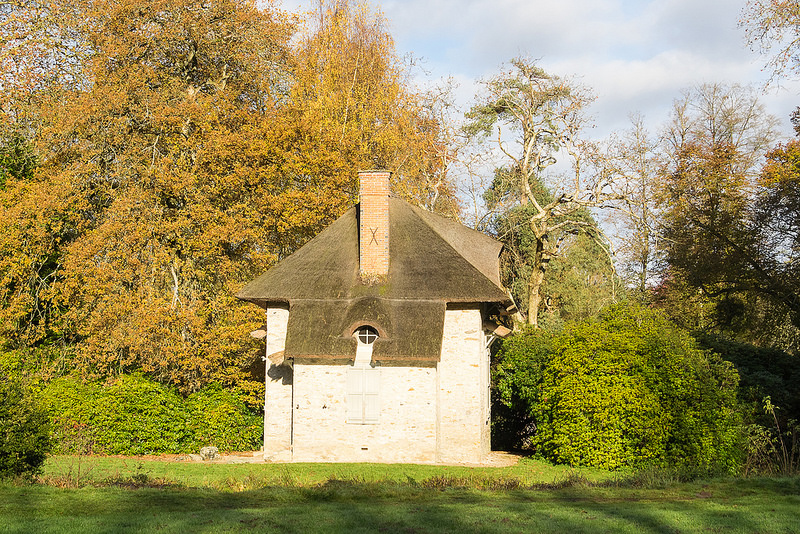

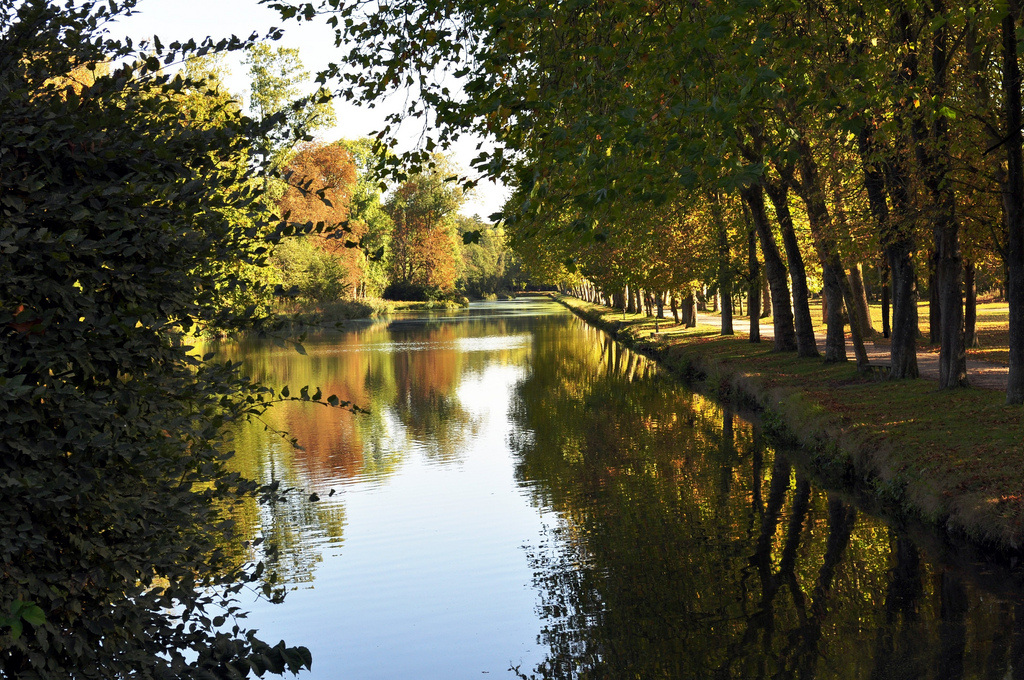

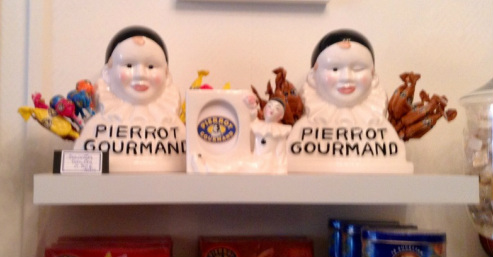



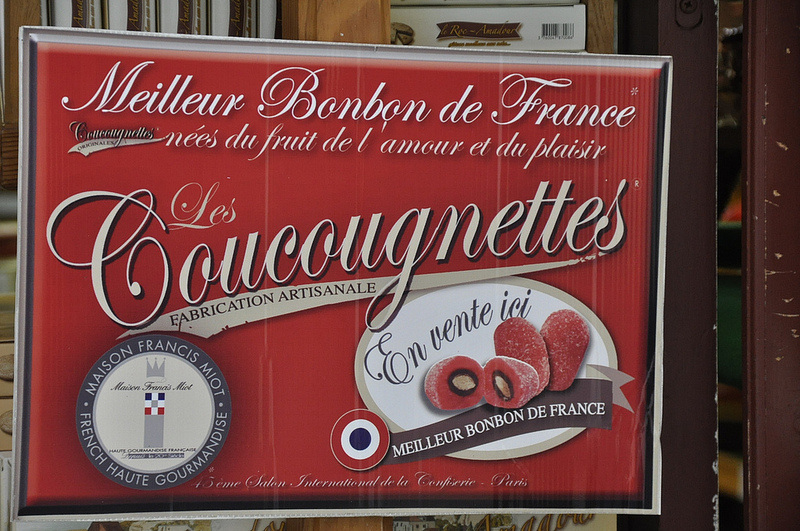

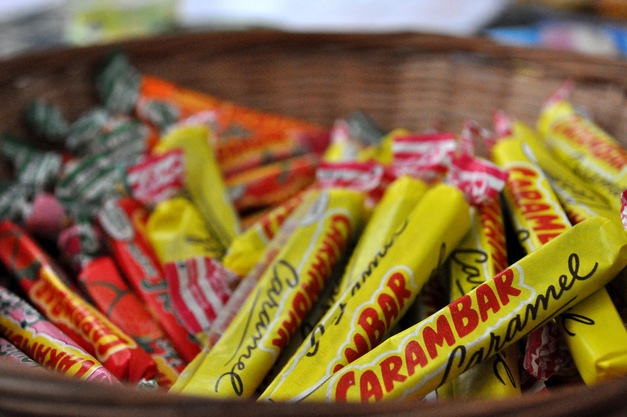

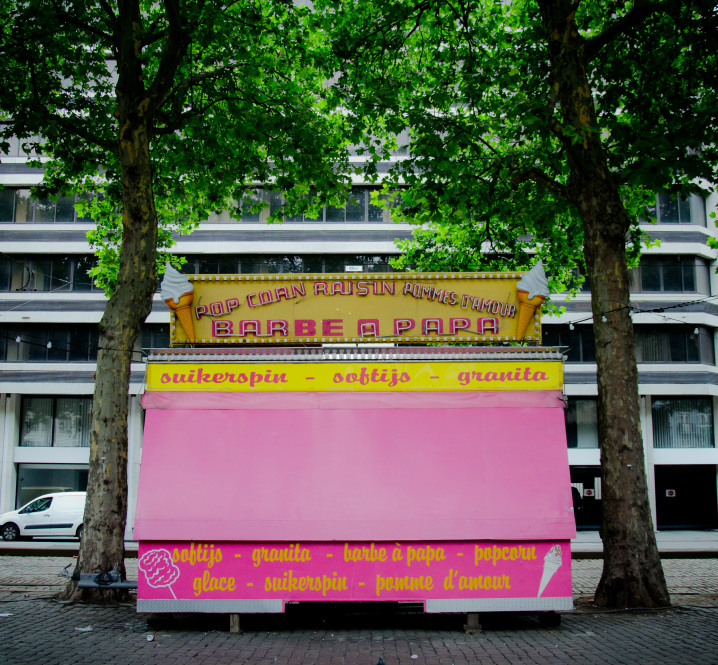
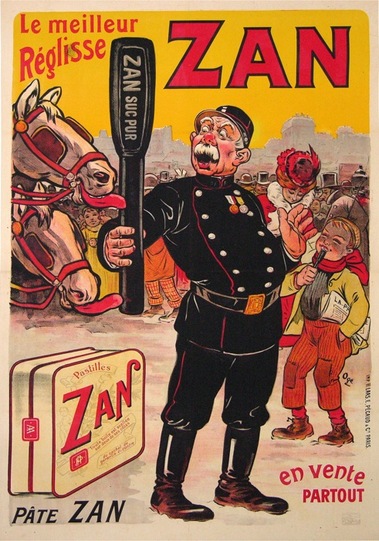

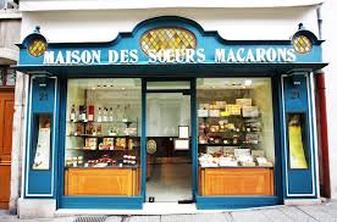
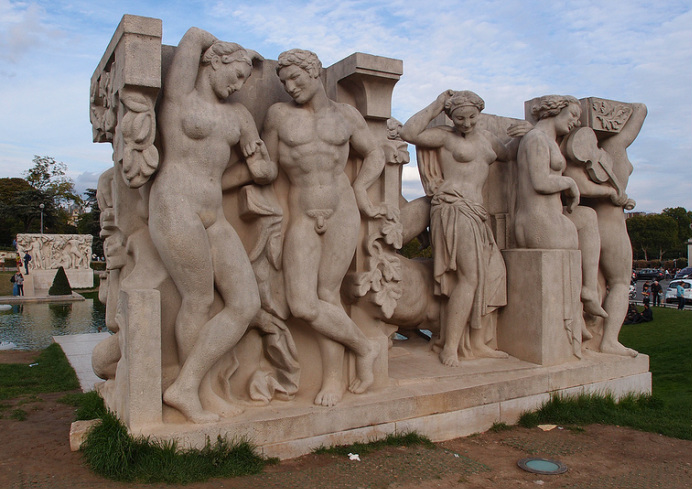



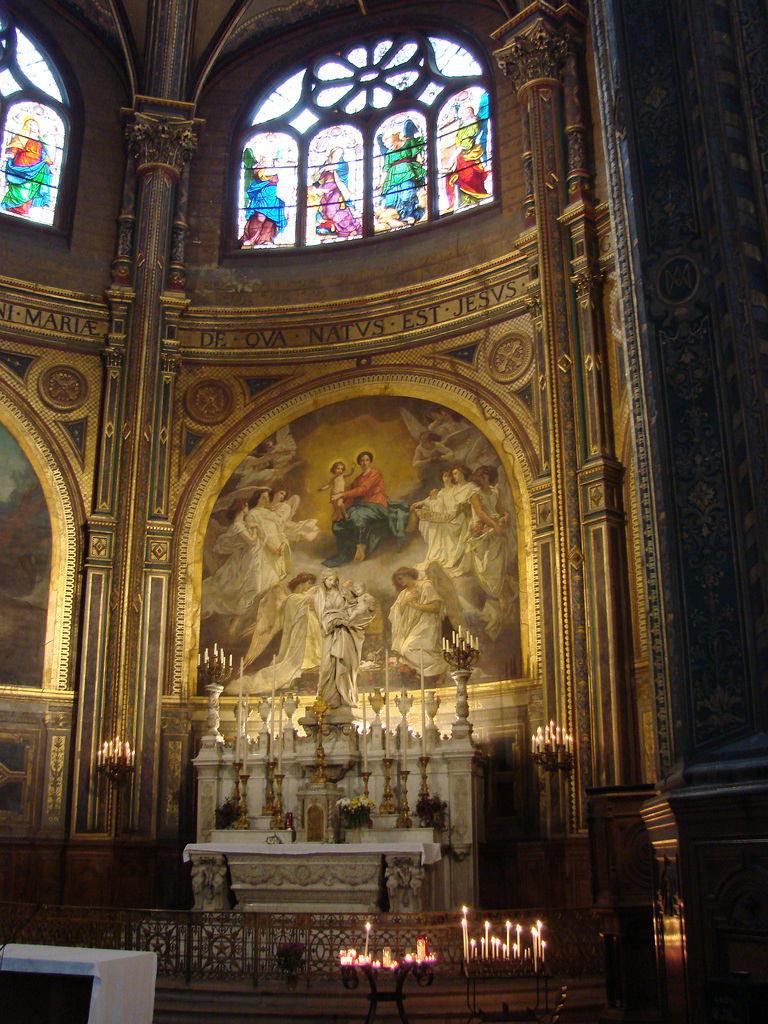

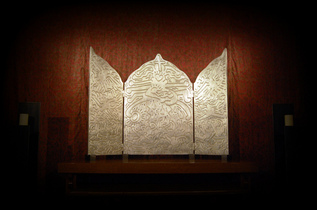



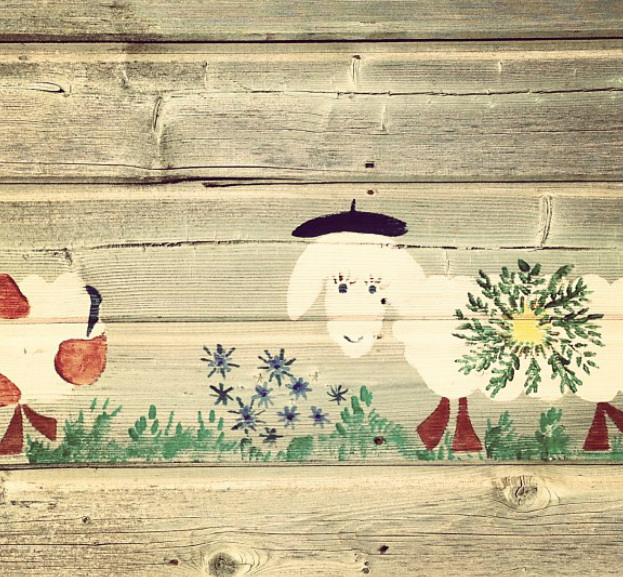

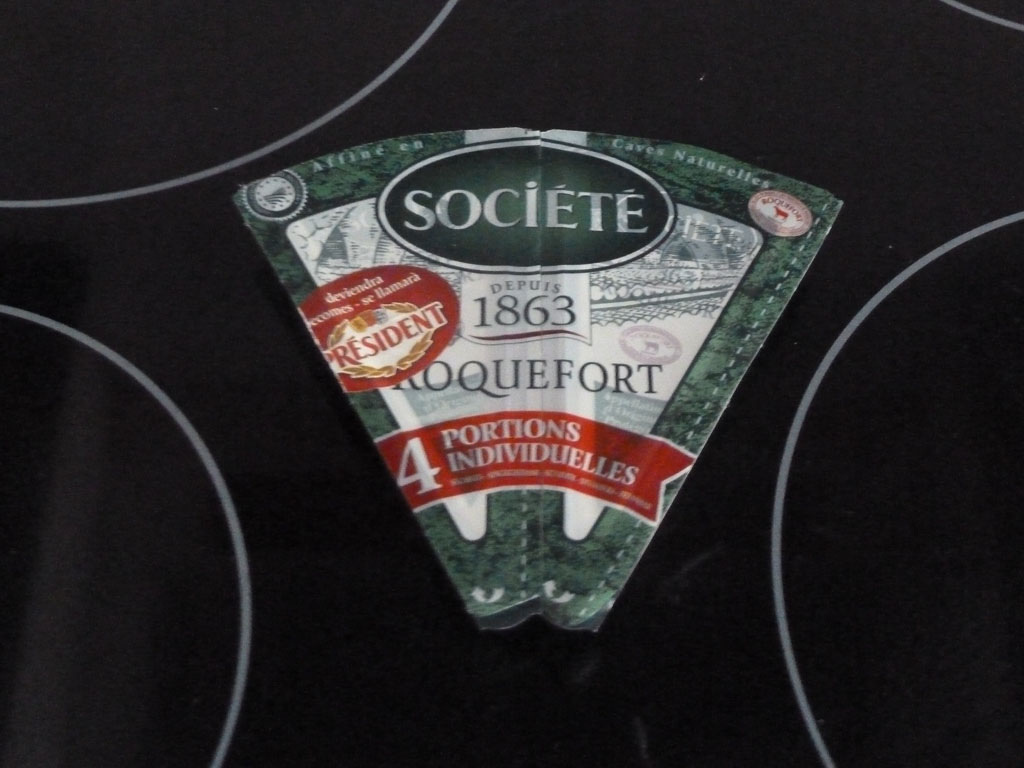

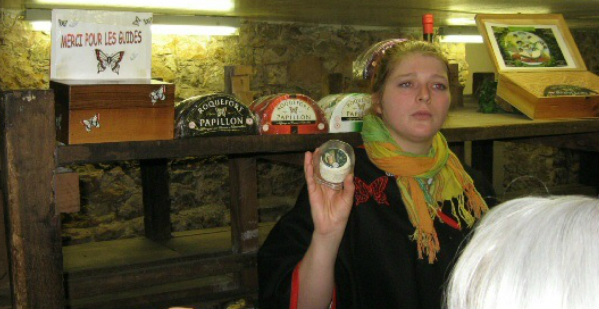
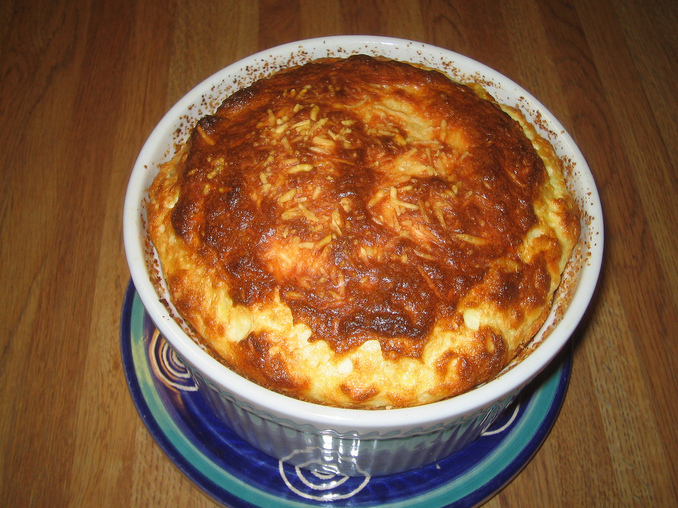



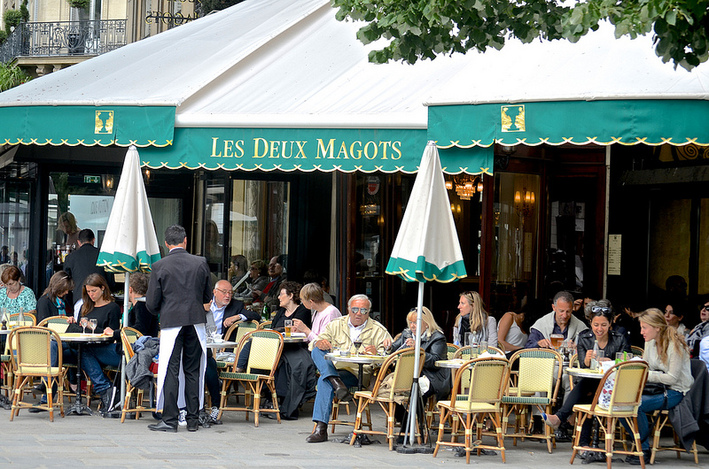

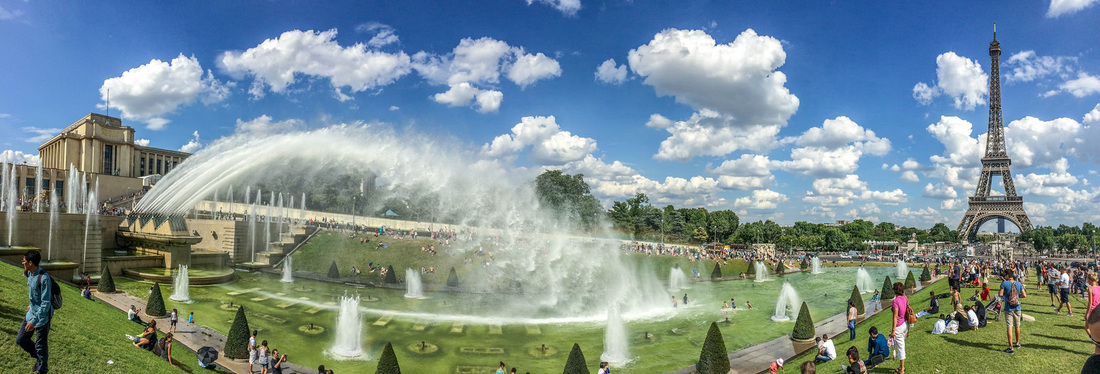
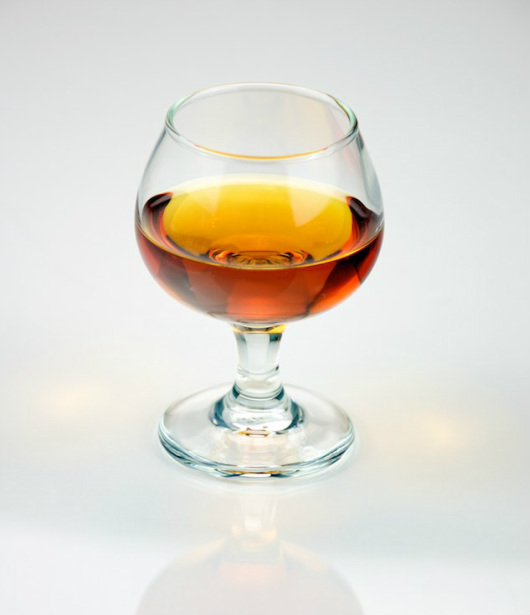




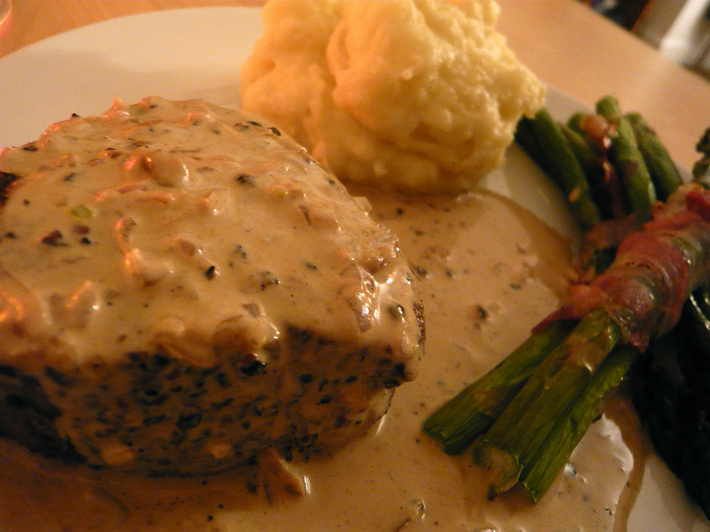
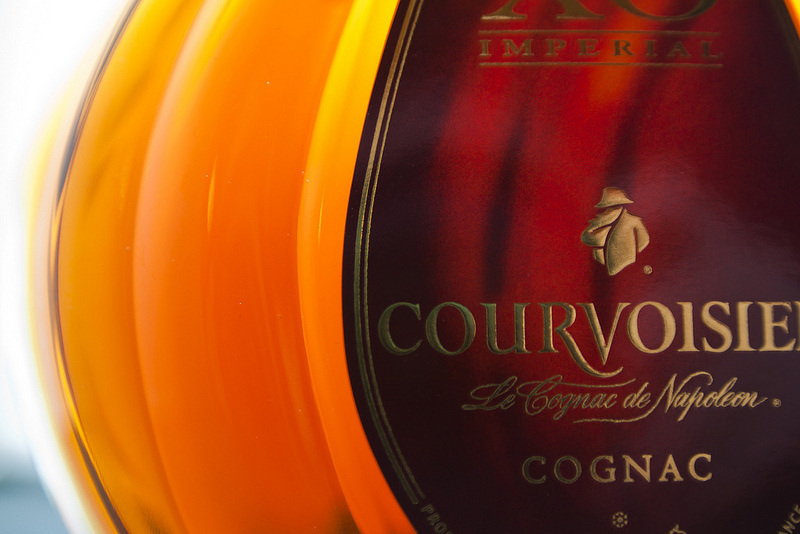
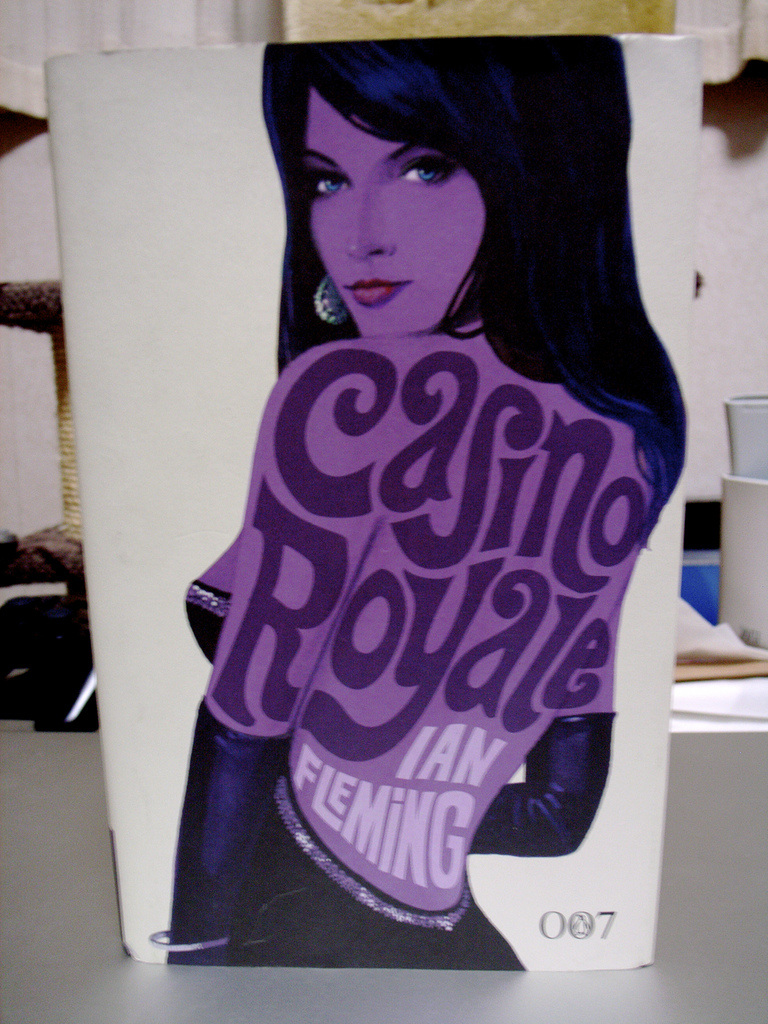
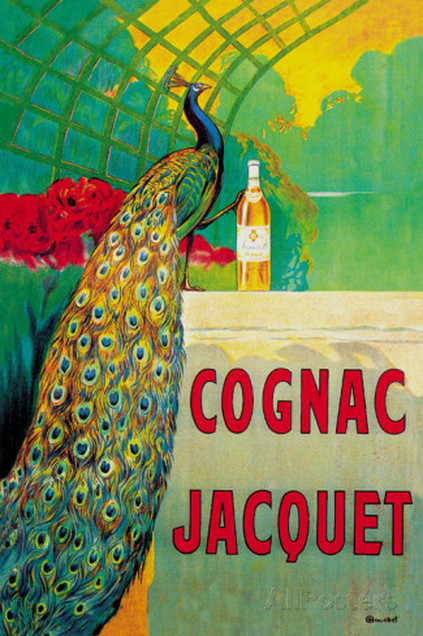

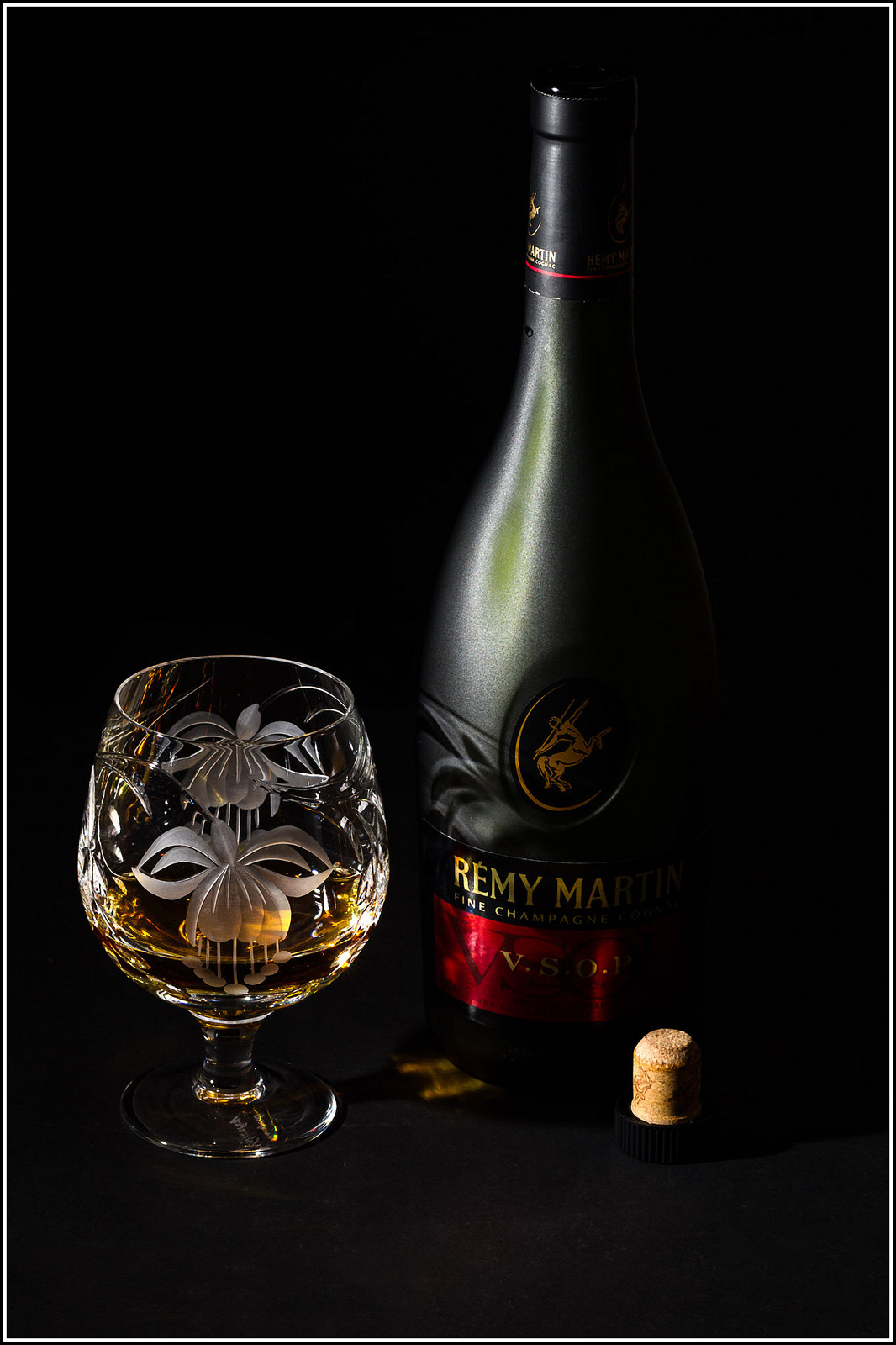

 RSS Feed
RSS Feed
